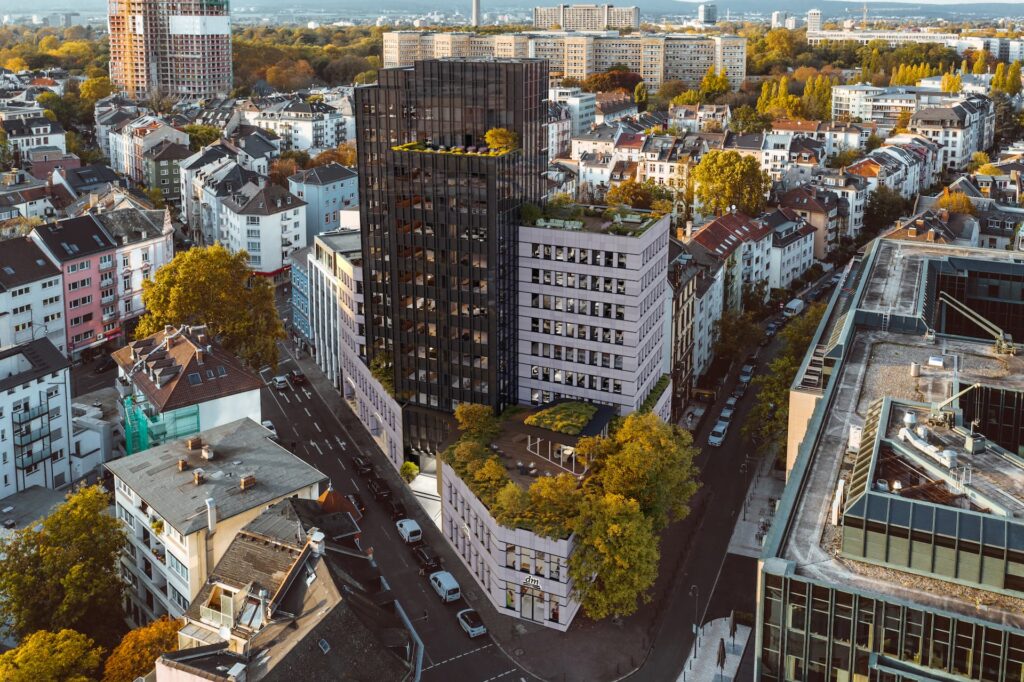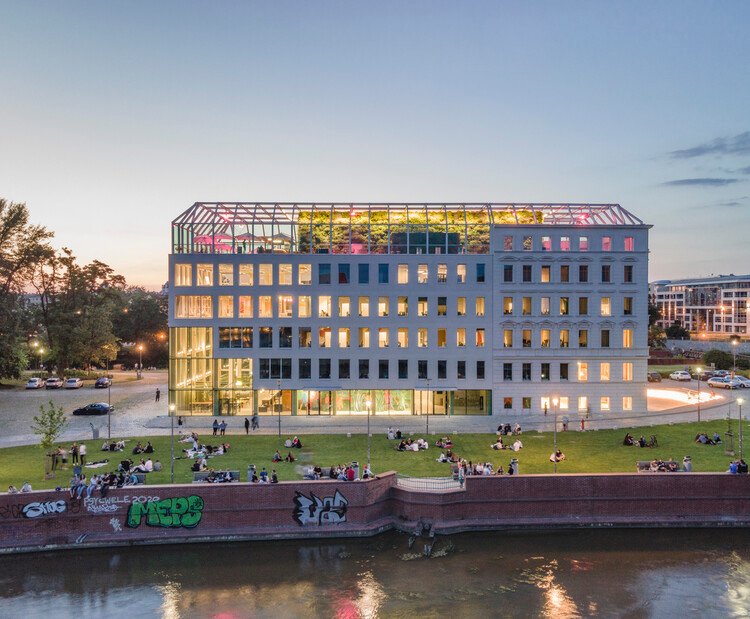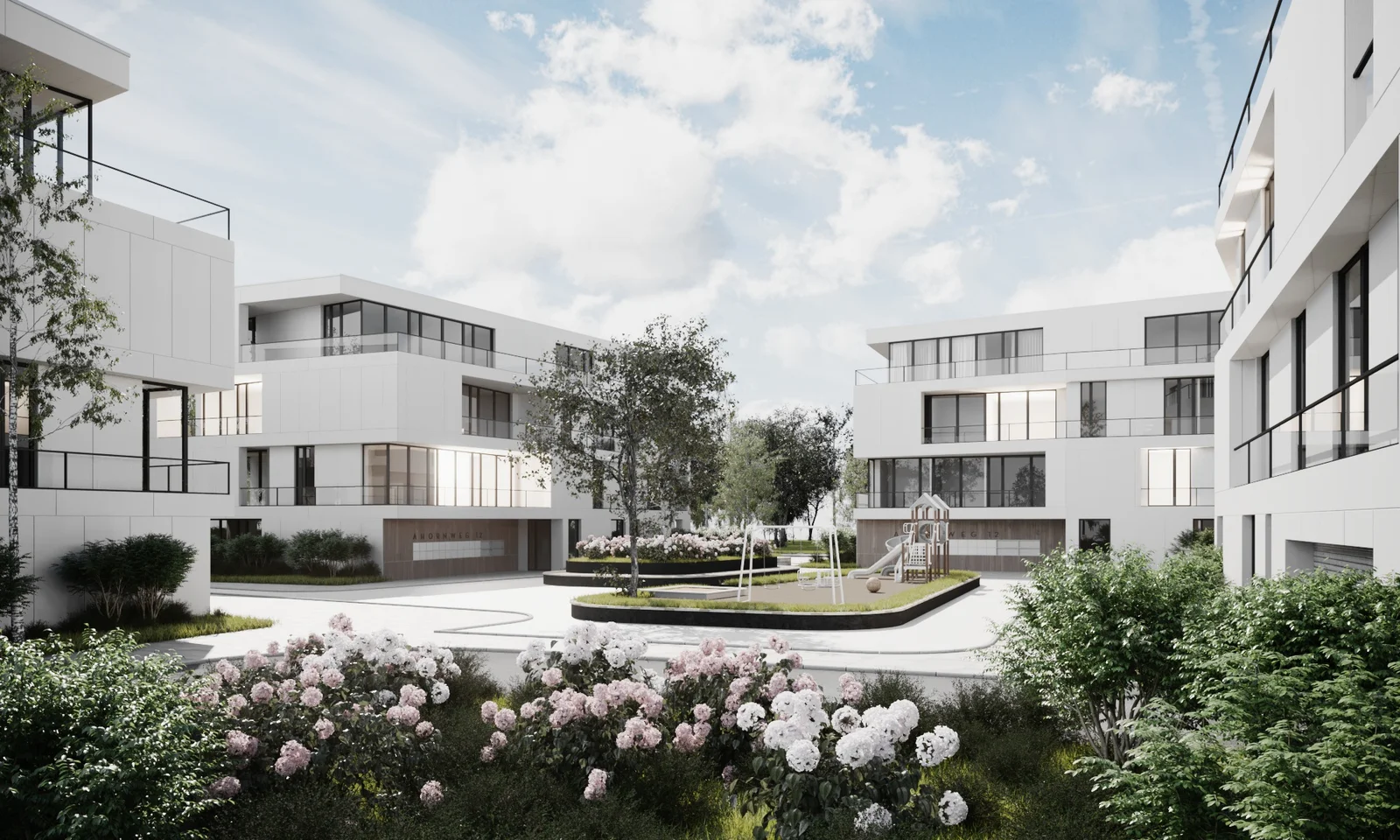The Role of 3D Visualizations in Landscape Architecture
Unlocking the full potential of landscape architecture requires more than just a keen eye for design and a green thumb. With the advent of technology, 3D visualizations are revolutionizing the field, providing a more detailed and dynamic view of the environment. This blog post delves into the significant role of 3D visualizations in landscape architecture and how they are shaping the future of design and spatial planning.
Understanding 3D Visualizations in Landscape Architecture
Before we dive into the meat of the matter, it is vital to first understand what 3D visualization in landscape architecture entails. Also referred to as 3D rendering, it is a design technique used to create a three-dimensional image of a landscape design. With 3D visualizations, landscape architects can create, modify, and simulate environments and structures before they are physically built.
Evolution of 3D Visualizations
The use of 3D visualizations in landscape architecture has come a long way. Previously, architects relied on 2D drawings and blueprints to depict their designs. These traditional methods, while useful, lacked the ability to fully capture the depth and spatial qualities of the design. With the introduction of 3D visualization technology, architects can now create designs that are more realistic and immersive, providing a true-to-life representation of the landscape.
How 3D Visualizations Work
3D visualization involves the use of computer software to generate a virtual model of a landscape design. This model can be manipulated to view the design from various angles, adjust lighting conditions, and even simulate different weather conditions. The process begins with the creation of a digital model, which is then textured, lit, and finally rendered to produce a 3D image or animation. This advanced technology allows architects to experiment with different design elements, materials, and layouts, significantly improving the design process and final outcomes.
Understanding the Impact of 3D Visualizations in Landscape Architecture
Enhancing Design Process Efficiency
The role of 3D visualizations in landscape architecture is fundamental in streamlining the design process. Unlike traditional 2D sketches, 3D models provide an in-depth perspective that enables architects to visualize and manipulate their designs before implementation. This foresight helps to identify and rectify potential issues early in the design phase, saving time and resources in the long run. Additionally, 3D visualizations allow for easy collaboration and efficient communication among team members, enhancing overall project efficiency.
Improving Client Experience
Client involvement is crucial in landscape architecture. 3D visualizations play a significant role in improving the client experience by offering an immersive representation of the final project. This allows clients to better understand design proposals and make informed decisions. It also provides an opportunity for clients to provide feedback and request changes, ensuring their vision is accurately represented in the final design.
The Future of 3D Visualizations in Landscape Architecture
Incorporating Virtual and Augmented Reality
The future of 3D visualizations in landscape architecture is promising, with technologies like virtual reality (VR) and augmented reality (AR) becoming increasingly popular. These technologies offer even more immersive experiences, allowing clients to virtually walk through their landscape before construction begins. This not only enhances client understanding and satisfaction but also provides architects with more tools to perfect their designs.
Embracing Artificial Intelligence and Machine Learning
The role of 3D visualizations in landscape architecture is set to evolve further with the integration of artificial intelligence (AI) and machine learning. These technologies can help create more accurate, detailed, and realistic 3D models. They can also expedite the design process by automating certain tasks, such as creating terrain models or predicting how a design will interact with the local environment. This can lead to more sustainable and efficient designs, shaping the future of landscape architecture.In conclusion, the role of 3D visualizations in landscape architecture is indispensable. It has revolutionized the way architects design, plan, and implement their projects. By providing a tangible, realistic view of the project, it allows for better communication, accurate planning, and efficient execution. It eliminates the guesswork, reduces the chances of error, and ultimately saves time, effort, and cost. 3D visualizations have proven to be a powerful tool that not only enhances the aesthetic appeal of designs but also contributes to sustainable and environmentally friendly architecture. As technology continues to evolve, we can only expect its role in landscape architecture to become even more significant and influential.







